Rafael López's Blog, page 6
August 27, 2018
The Day You Begin, Begins.
This morning over pancakes I tried to calm my son’s butterflies and gather school supplies as a new school year begins. The end of a long summer and that approaching first day catches you by surprise. This coming week, I’m trying to stay busy as it is also the release for our new book The Day You Begin.
The spark for this book all began with an amazing writer, Jacqueline Woodson who by the way, can only write in her notebook sideways. This story is inspired by a poem in her powerful memoir Brown Girl Dreaming about her own great grandfather William Woodson, the only black child in an all-white school.
. 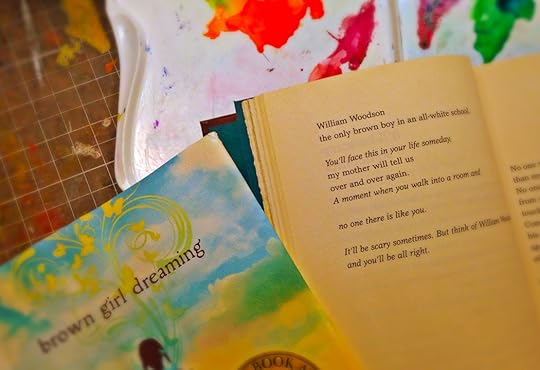
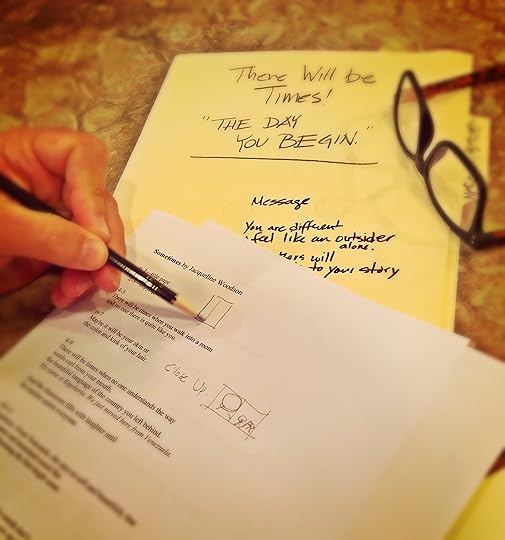
When I read Jacqueline’s manuscript, words triggered memories. I couldn’t help but see myself, my own child and many children in that story. In a flash, I was sure that kids who felt alone would find comfort in her reassuring words. She had crafted a story that children could both relate to and translate into their own voice and for me, this made all the difference. I was determined to do my part in this collaboration to bring visual voice to the encouraging message. That is where my own journey with our book began.
For me, sketching is thinking with my pencil. It’s an ancient art form that goes back to drawing pictures on the walls of caves and I can assure you there is magic in the process of drawing.
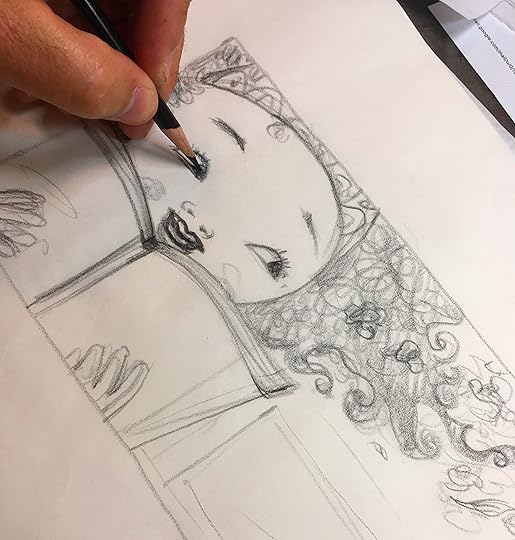
No matter how long you’ve been drawing you just have to keep working at it, keep trying and if it doesn’t feel quite right, trust that inner voice. Be ready to go through piles of tracing paper to conjure the spirit of a character like Angelina who instead of traveling and collecting souvenirs like fellow classmates, spent summer at home caring for and reading books to her little sister. With imagination and courage Angelina still manages to go places.
Through drawing, you put small pieces of your own experience into the marks you make on paper. When I was in grade school, I struggled with big blocks of text. I was labeled with mild dyslexia and called a reluctant reader. Growing up in Mexico City, I found solace at the public library taking the metro over and hour to spend an entire day in the aisles of books. I realized I was drawn to the pictures and maps of distant places, strange bugs from foreign lands and creatures so exotic that even my own vivid imagination couldn’t dream them up. Opening books grew my confidence and I began to read more and draw pictures at the library. At home, I was fortunate to have a supportive mom who collected discarded rolls of paper from our uncle who worked at a paper mill.
Looking back, I was struggling as we all do, to find my place in this world.
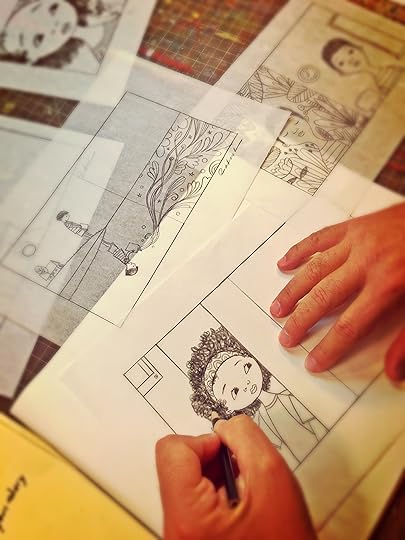
There is a boy in The Day You Begin named Rigoberto from Venezuela who is teased for his accent. When my family moved to the border I became part of a Rotary exchange program. I traveled alone to live with a host family in the Midwest and attended school there to practice my English. Jacqueline begins this book with “There will be times when you walk into a room and no one there is quite like you”. I will never forget feeling so out of place, so different. I wish I had her comforting words when I was a kid. But I also remember one new friend who took the time to listen to my story and over time confided that she too felt different.

This story was like a familiar friend. It was time to begin.
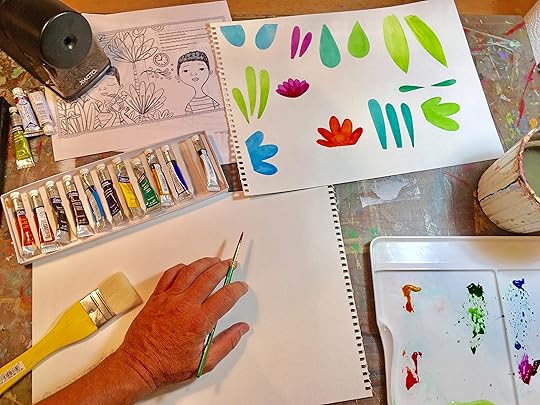
With that as my starting point, I began searching for the right colors, textures and shapes, curious to give each plant, leaf and character personality.
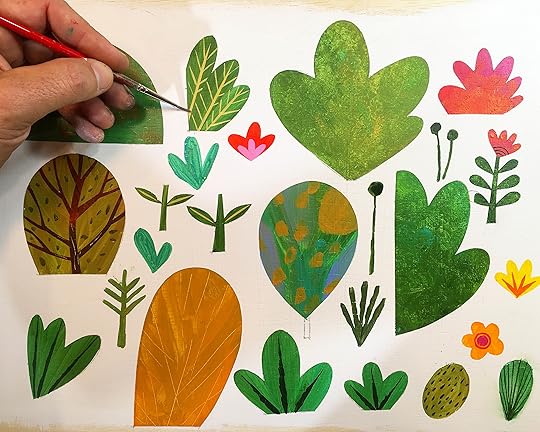
Shape, color and texture are the language an artist uses to communicate the spirit of each scene. A way to speak to young readers without words.
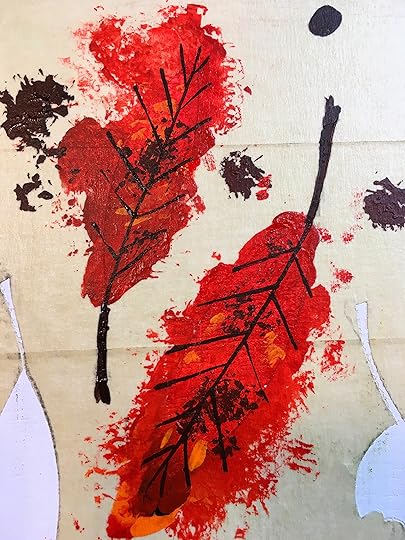
My creative process includes peeling away tape to reveal forms and shapes that help me tell the story.
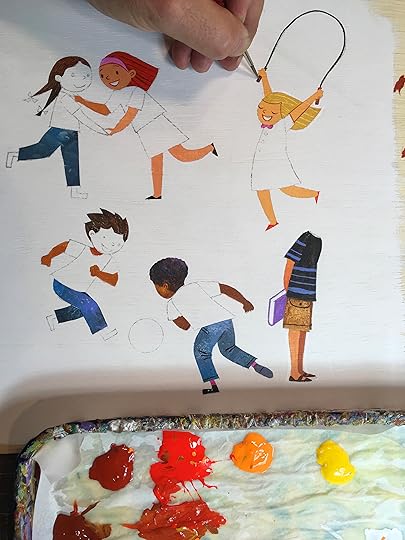
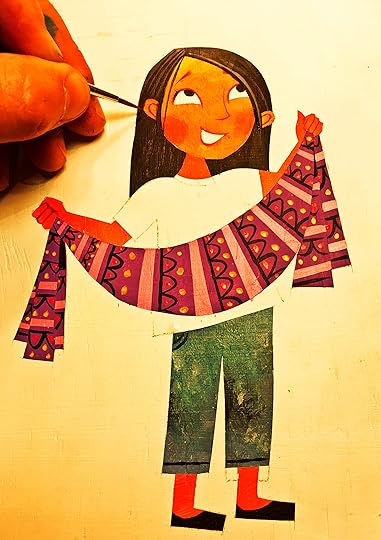
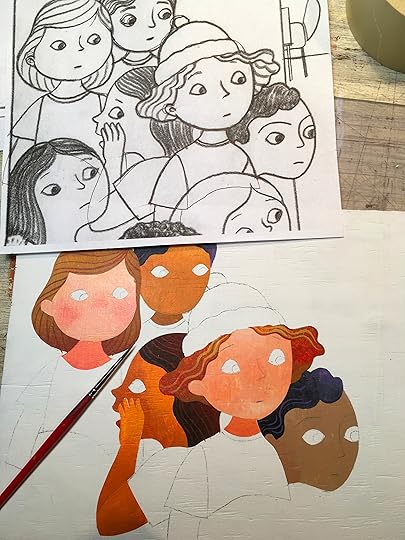
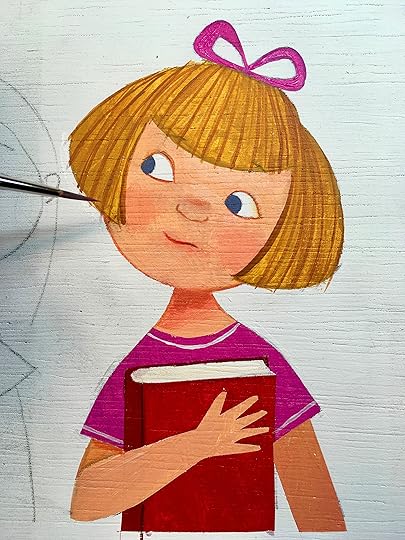
Characters slowly take shape on pieces of wooden board and watercolor paper. They help reveal what for a time is hidden, bringing humanity to the unfolding story.
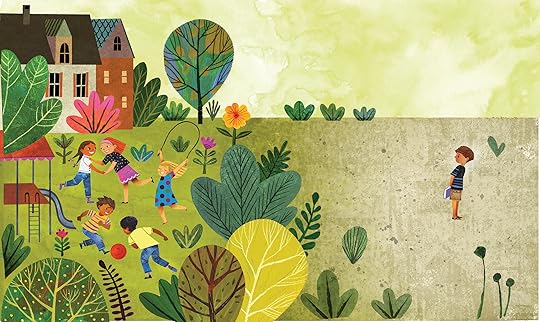
Here’s an example where supporting characters back up the action, revealing difficult truths in the narrative.

I wanted the illustrations to give voice to unspoken feelings and dreams. To spark hope as each child opens the cover and turns the pages to find themselves somewhere in the swirl of colors, pictures, and words.
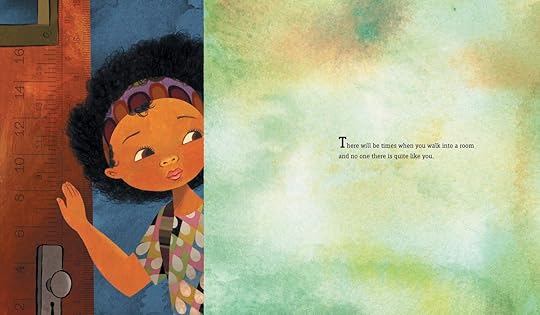
I included a visual metaphor about measuring up that is repeated in the book.
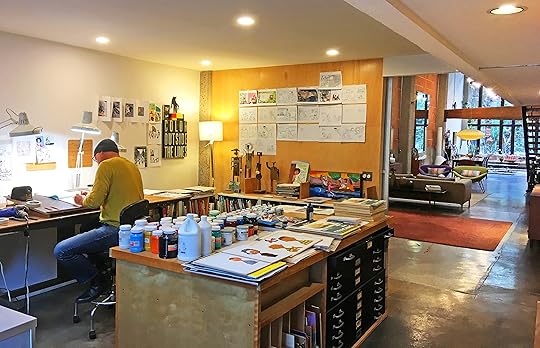
Then somehow it comes together. There’s gratitude for the collective effort of the amazing team that collaborated guiding our book to the finish line. It all ends up on the studio wall to check for pacing, transitions, consistency and how it will connect to young readers.
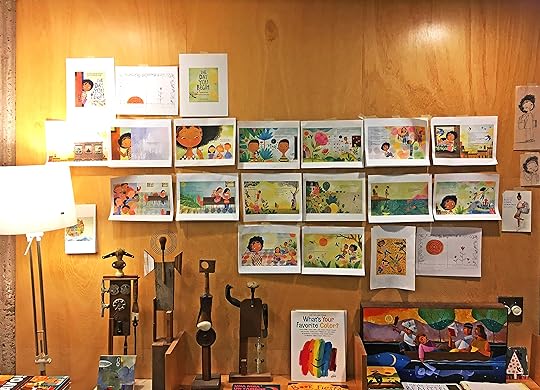
For this book, I got the chance to craft handmade type for the cover. It meant a lot to me that our book is also going to be released at the same time in Spanish El Día En Que Descubres Quién Eres!
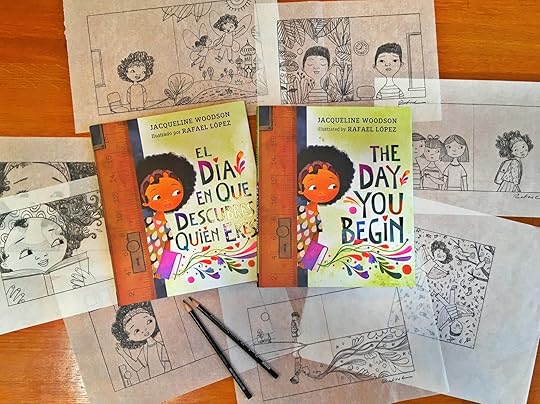
The Day You Begin. El Día en Que Descubres Quién Eres. Nancy Paulsen Books, An imprint of Penguin Young Readers Group. Release Date: August 28, 2018
There is something surreal about the first day of school and the first day a new book begins. It’s a moment charged with emotion. It’s relief, joy, amazement and fear all rolled up in one. In the end, it all comes down to the librarians, teachers, parents, grandparents and friends who put books in the hands of children.
It’s a big week for many of us. Stay strong.
June 8, 2018
Unique storyteller, adventurer who connected us to the culture of food, taught us to be world citizens.
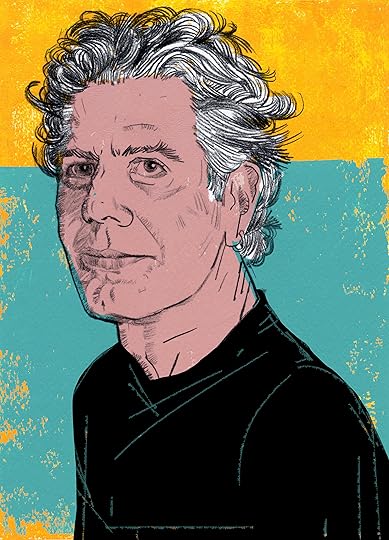
Anthony Bourdain. One of a kind.
Remembering the life and work of Anthony Bourdain. His energy and authentic style lit a spark connecting many, myself included to cooking and travel. Loved his show, and humanitarian angle that made it a pleasure to watch, as he taught us to be world citizens. Really going to miss him.
May 15, 2018
Maybe Something Beautiful on the road.
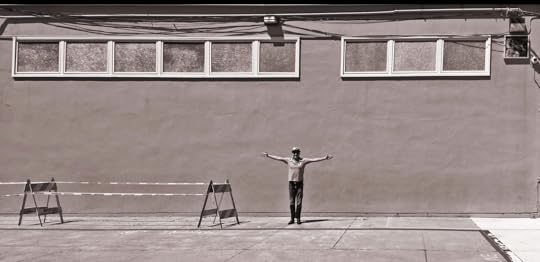
Meet the Wall at Shore Acres Elementary, Pittsburg, CA

Thanks to the community and all the students, parents, teachers and volunteers who made this mural happen.

Endpapers created for the children’s book Maybe Something Beautiful.
Just back from a remarkable week in Pittsburg, CA creating a community mural with children, parents, teachers and volunteers. Sharing the before/after photos of the project with thanks to everyone who made it possible. A huge shout out to librarian Ginny Golden for her vision organizing this event and for the hospitality of this dynamic, diverse community. Sharing some photos of the art, books, music, dancing and celebration that made it memorable. It’s exciting how engaging this kind of experience can be for neighborhoods as it brings people together in a fresh, authentic way. Reminding us of the power of possibility, murals and public art make a space more welcoming and vibrant but more importantly they build connections and create conversations that transform. When it was over a young student asked me “Can you help us paint the rest of our school because we like the pinks and purples you put in our mural?“.

The fabulous prep team who helped get the mural ready for kids and the community on Saturday.





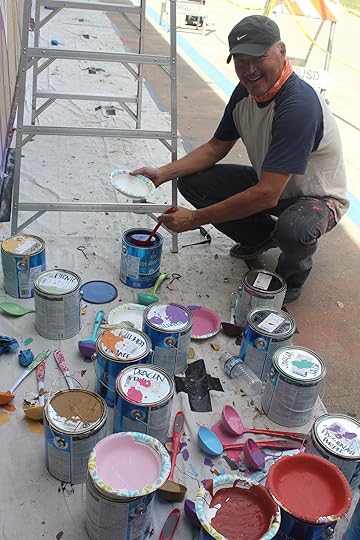

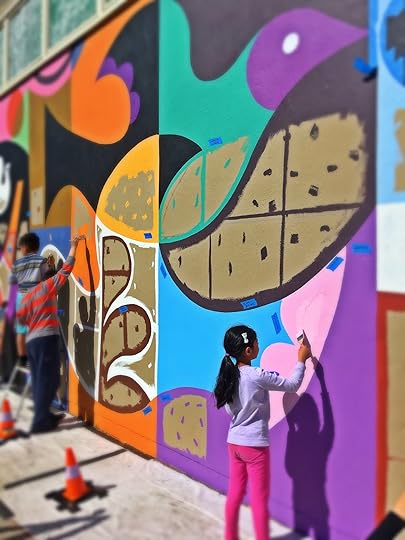

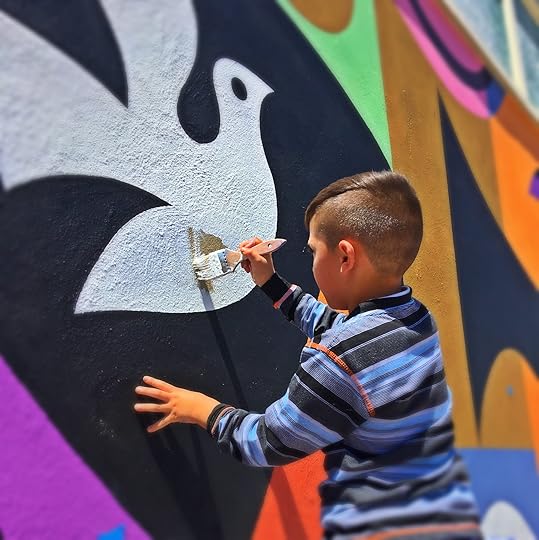
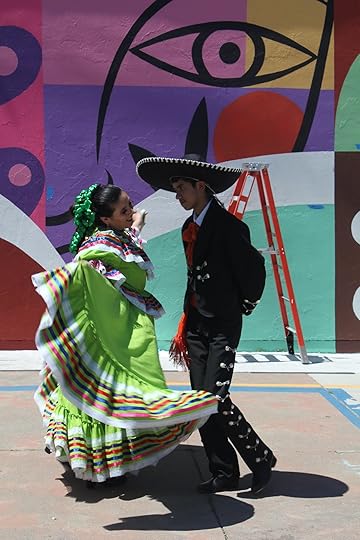



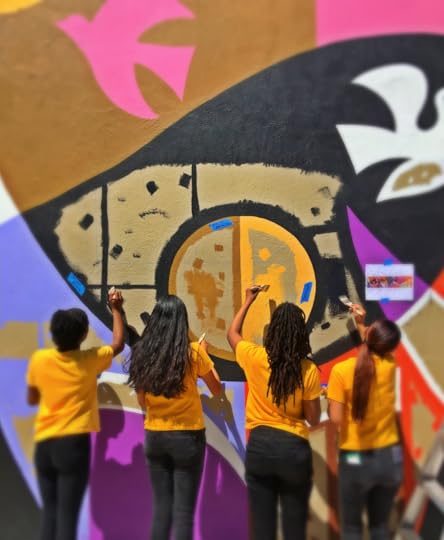
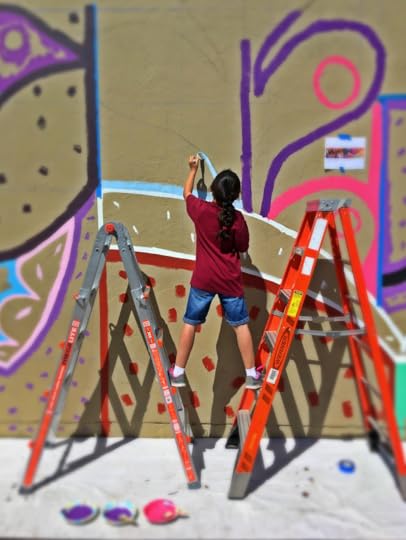
April 15, 2018
Celebrating Children’s Day/Book Day in Chattanooga Tennessee
Inspired by “Book Fiesta” and “Maybe Something Beautiful” Audrey Brown Menard and Jazmine LeBlanc created an amazing event. This creative celebration of Children’s Day/Book Day brings diverse people together who share a common love for books and togetherness. Lots of fun connecting with 800 fantastic children, teachers and parents at East Lake park .Honored to share the celebration with new friends in Chattanooga Tennessee. Did some exploring of spectacular Ruby Falls at Lookout Mountain. My passion for guitars also led me to the Songbirds Guitar Museum .

Illustration from Children’s Day/Book Day
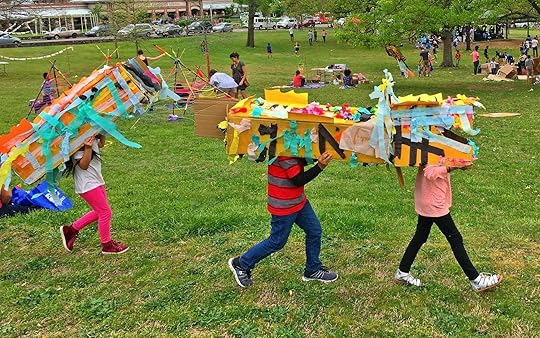
Dragon in the park

Imagination inside a Cardboard Box
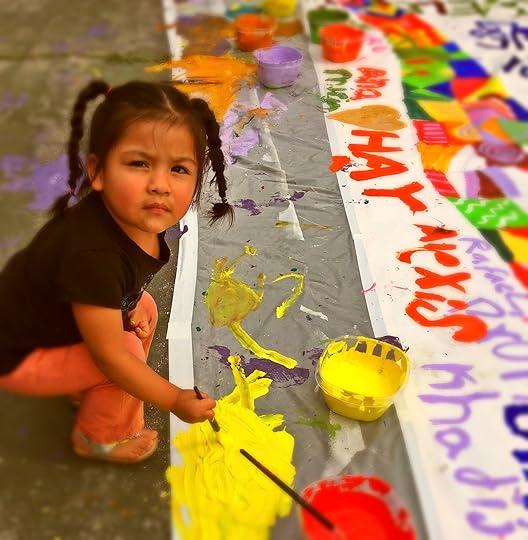
Working on the mural

Community Collective

Yarn bombing

Dancers getting ready

They built a beautiful Bibliburro
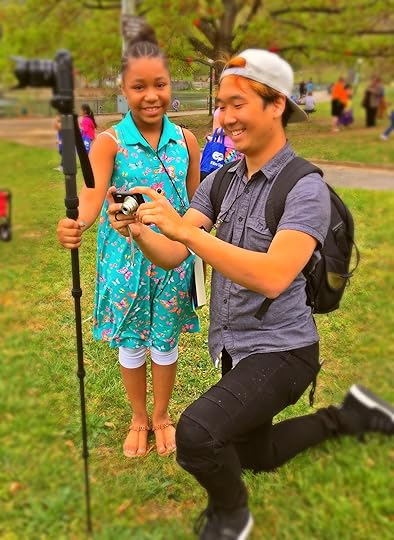
Community fun

Patchwork of Colors
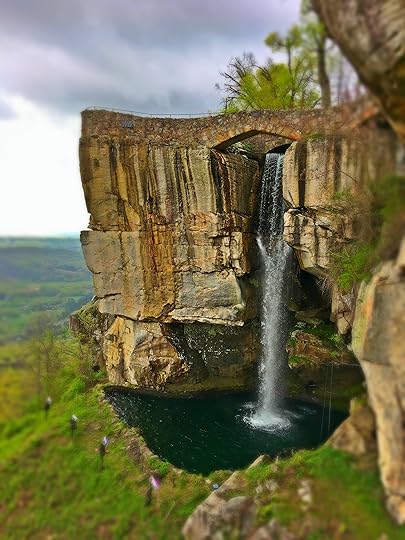
Stunning waterfalls and landscape

Winding paths

Ruby Falls
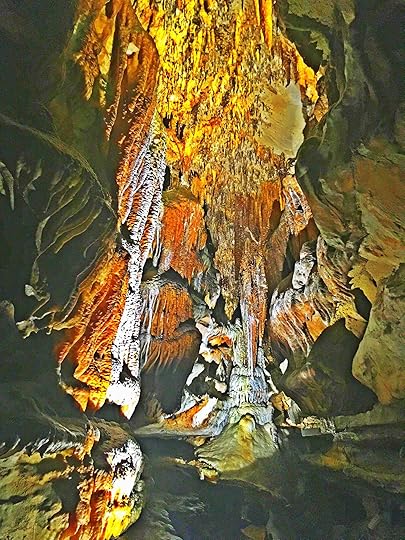
Lookout mountain caves

Guitar of a Legend

Songbirds Guitar Museum in Chattanooga
October 5, 2017
Hispanic Heritage. Ynés Mexía

Mexican-American botanist YNES MEXIA [1870-1938] is believed to be the most prolific plant collector of her time. She is also proof that it is never too late to pursue your passion as she did at age 55. She discovered five hundred new species and collected some 150,000 specimens.
Born in Washington, DC to a Mexican diplomat father and American mother, her parents difficult marriage forced her to live in many different places and change schools on a regular basis. Ynés struggled for almost four decades, then finally settled in San Francisco where she indulged her fervor for hiking. At 50, she started to travel with the Sierra Club, and in 1921 enrolled as a special student at UC Berkeley. It was there that her profound interest in botany grew.

Her career began in 1925, when she joined Roxanna Stinchfield Ferris of Stanford University on a collecting trip to Western Mexico. On this trip alone, they collected 500 species and the Mimosa mexiae was named in honor of Ynés. She began writing and collecting for the next thirteen years in both North and South America and worked with Alice Eastwood and other famous scientists. She took delight in having plants named after her as it gave her a sense of immortality. She was remembered by colleagues for her meticulous, careful work and her collecting expertise. Ynés willingly faced long journeys that included plenty of exotic bugs and even fell off a cliff once. Nothing however, could keep her from the adventure of collecting plant specimens. Her last trip took her back to Mexico and Ynés Mexía died in 1938 of cancer.
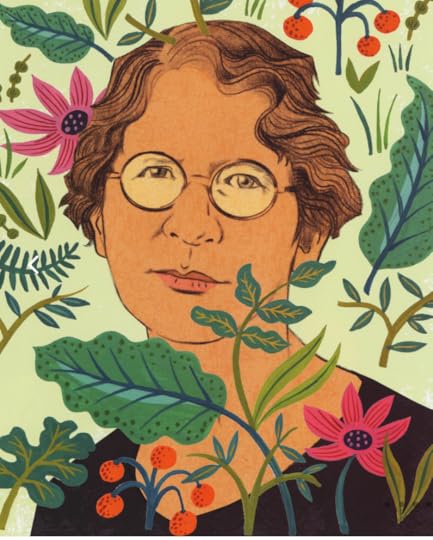
Final Portrait of Ynés Mexía for Bravo! Poems about Amazing Hispanics by Margarita Engle.
October 4, 2017
Hispanic Heritage. Selena Quintanilla-Pérez
After the sadness of Las Vegas, needed to take a deep breath. Thoughts go out to the families and friends of the 58 people who died as well as support for the more than 500 who have been injured.
For HISPANIC HERITAGE MONTH I’ve been sharing the stories of amazing people with ideas and work that continue to resonate. SELENA QUINTANILLA-PEREZ had that magic and is credited for successfully bringing Tejano music to the mainstream public.
Known as “The Queen of Tejano”, her life was tragically cut short. In her brief but bright lifetime, Billboard Magazine called her the top selling Latin artist of the decade. More than a gifted singer, she was also an accomplished songwriter, actress, model and fashion designer. In 1980 she performed with her elder siblings A.B. and Suzette and began recording professionally in 1982. She broke barriers by performing Tejano music. This genre was dominated by men and often Selena was refused bookings at Texas venues. When she won best Female Vocalist of the Year she signed with EMI Latin and released her own album in 1989. She went on to sell over 60 million albums around the world.
Selena was also community minded donating a great deal of time to civic causes. A film about her life and career, starring Jennifer Lopez was released in 1997 from Warner Bros. Her grace, musical gifts and ambition continues to inspire others.
.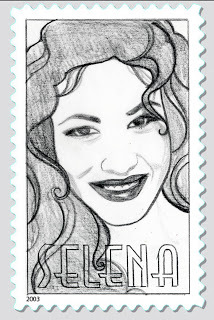
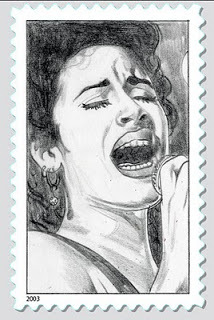
I was fortunate to be given the opportunity to design a postal stamp in her honor that was released in 2011 as a Latin Music Legends Stamp from the United States Postal Service. Above you can see some of the original drawings that led to the final stamp. I am grateful for the support of her sister Suzette who sent powerful photos and video of Selena singing that inspired the final postal stamp below.
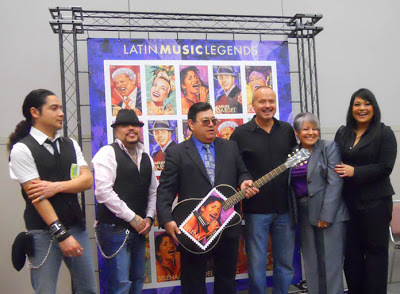
Stamp release ceremony with the Quintanilla family in Austin at SXSW Music Festival

October 1, 2017
Hispanic Heritage. Discover Amazing YA Writers
Julia Alvarez
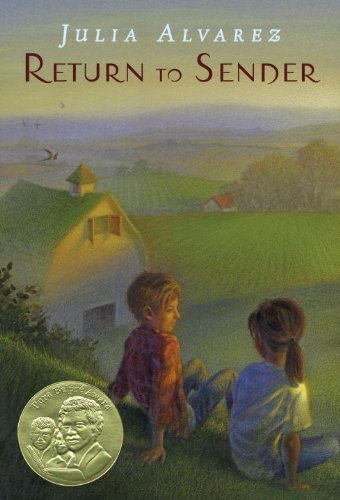
Marjorie Agosín
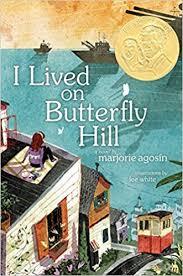
Sandra Cisneros
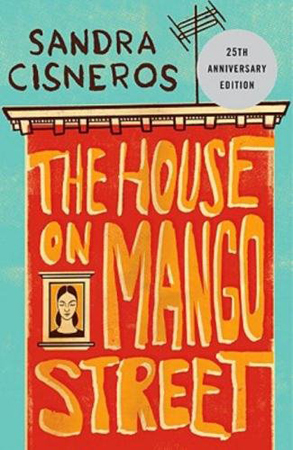
Margarita Engle
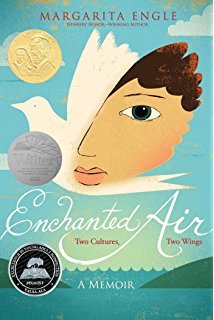
Christina Diaz Gonzalez
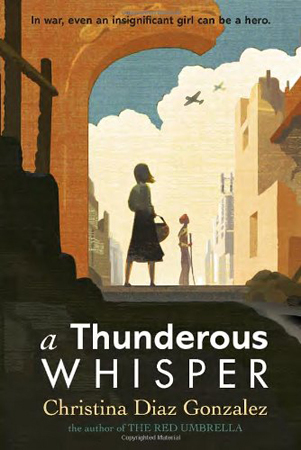
Guadalupe Garcia McCall
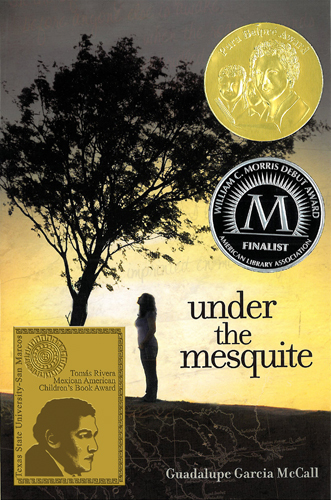
Meg Medina
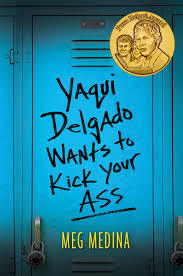
Juana Medina
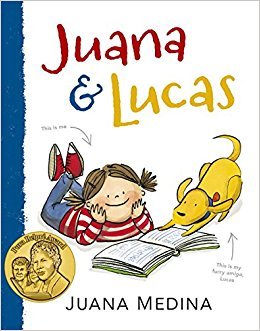
Matt de la Peña
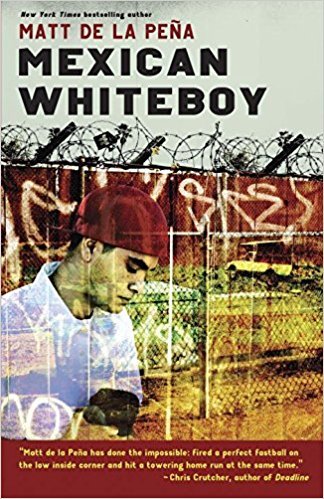
Pam Muñoz Ryan

Benjamin Alire Saenz
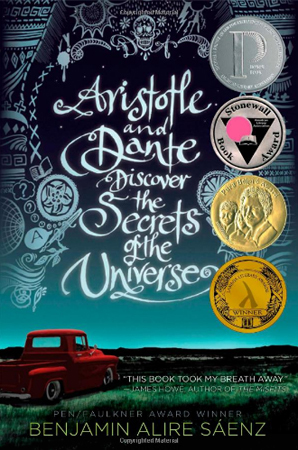
September 30, 2017
Hispanic Heritage. Baruj Benacerraf
BARUJ BENACERRAF [1920-2011] focused his research on understanding the genetic reasons for allergies and other diseases impacting immunity. Born in Caracas, Venezuela of Spanish-Jewish ancestry he spent much of his childhood in France. His father was a textile merchant and importer, born in Spanish Morocco while his mother was born and raised in French Algeria. At five years old, his family moved to Paris, and the primary and secondary education Baruj had in France influenced his life. During the second World War the family returned to Venezuela, then moved to New York in 1940 so Bencacerraf could pursue his education in the U.S. He graduated from Columbia University in 1942 determined to pursue biology and medicine. Getting into Medical School wasn’t easy given his ethnic and foreign background despite an exceptional academic record at Columbia. After several rejections, the father of a close friend who worked at the Medical College of Virginia in Richmond helped Baruj gain admission. In school, he was drafted into the Army as part of the wartime training program, and so became a naturalized American citizen in 1943. He completed his studies, married and then trained as an intern at Queens General Hospital in New York City.

Baruj was commissioned as a First Lieutenant in the U.S. Army Medical Corps and was shipped to Germany with other doctors. Assigned to France, Benacerraf practiced community medicine. After discharge he chose to pursue medical research focused on immunology. Baruj had struggled with bronchial asthma as a child and was fascinated by immunity issues. He went to work at the Neurological Institute at Columbia University, then moved to Paris in 1949 to work with a young Italian scientist. Working as a team the pursued the study of cells involved in the immune response. He returned to the United States to open his own laboratory and secure research support. He began teaching research fellows and students and found this very rewarding. Benacerraf began studies in immunogenetics and was awarded the Nobel Prize in Medicine. His discovery of a complex process would lead to the understanding of how genes determine immune responses. In 1970, Baruj became the Chair of Pathology at Harvard Medical School. His work was supported by the National Institute of Allergy and Infectious Diseases, and the National Cancer Institute. Baruj Benacerraf died in 2011 of pneumonia but his discoveries remain true to this day.
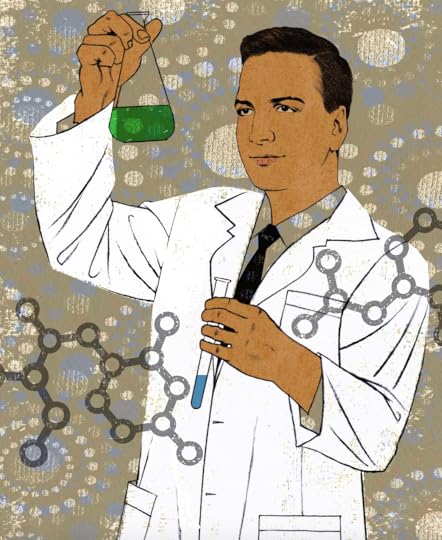
Portrait of Baruj for Bravo! Poems about Amazing Hispanics by Margarita Engle
September 29, 2017
Hispanic Heritage. Millo Castro Zaldarriaga
This post is about a young Cuban girl who believed in her dream. The determination of MILLO CASTRO ZALDARRIAGA, broke the island’s taboo against female drummers.

Millo and all the girl band Anacaona in Cuba
Eventually she would perform with her sisters, Anacaona in Cuba’s first all female dance band. Her connection to the United States comes at age fifteen when she plays her bongó drums at an extraordinary birthday party in New York.
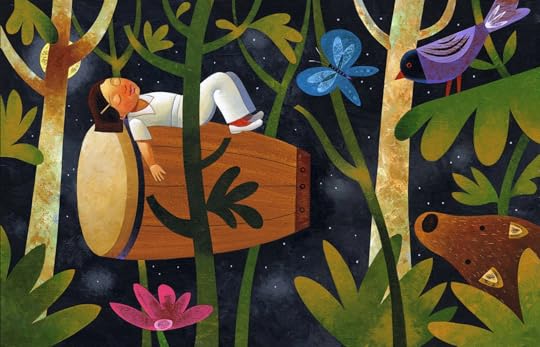
Scene from Drum Dream Girl written by Margarita Engle.
It’s Hispanic Heritage Month, and the time is right to share her story. The tenacity and courage of the Drum Dream Girl makes me think about Dreamers right here in the United States. In 2001, legislation was introduced to Congress making a pathway of citizenship for young people brought to the U.S. as children. American in every way, except on paper these young people went to American schools, grew up in American communities and pay taxes. They contribute to society—but right now have no path to legal citizenship. A recent Post-ABC survey finds 86 percent support for dreamers eligible to renew two-year work permits under a deferred action program started by President Barack Obama. Deferred Action for Childhood Arrivals is also known as DACA.
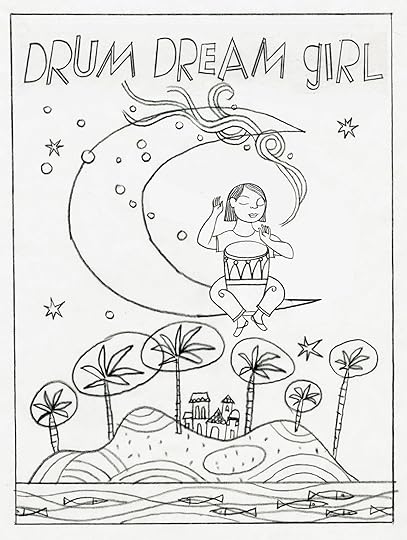
When thinking of Millo’s incredible story I can’t help but connect it to Dreamers waiting for Congress to take action on their behalf.
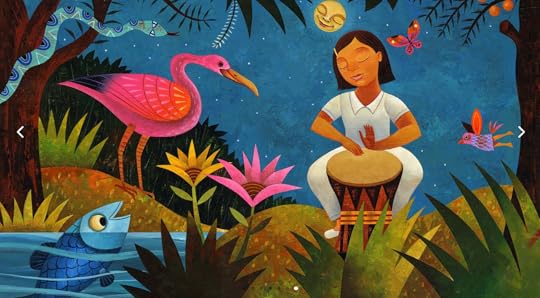
Millo believes in her dream and practices in secret playing to animal friends.
Millo’s story is about persistence, gender equality and following your dreams no matter what. I’m a big fan of Cuban music and the island has a long tradition of drumming. Despite being told that only boys can play drums, and her father’s disapproval she keeps practicing, dreaming and drumming. Imagine a ten year old girl of Cuban, Chinese and African descent changing such a long held taboo. Millo went on to work as a successful jazz drummer performing alongside leading jazz musicians of the time. At age fifteen, cheered on by First Lady Eleanor Roosevelt she played her drums at Franklin Delano Roosevelt’s birthday celebration.
The world needs dreamers and the world needs doers. But above all, the world needs dreamers who do. -Sarah Ban Breathnach
September 28, 2017
Hispanic Heritage. César Chávez

Finding direction for César Chávez portrait for Bravo! Poems about Amazing Hispanics written by Margarita Engle.
“Once social change begins, it cannot be reversed. You cannot un-educate the person who has learned to read. You cannot humiliate the person who feels pride. You cannot oppress the people who are not afraid anymore”. -César Chávez

Chávez speaks at a UFW rally in Delano, California.
CESAR CHAVEZ, [1927-1993] was a dynamic, social activist who used nonviolent protest to champion farm workers’ rights. He made people think about where their food came from and drew strength from his own struggles.
This Latino American was born in Yuma, Arizona and grew up on his family’s farm. Losing their farm during the Great Depression they moved to California becoming migrant workers. This work was incredibly hard with very low wages and the family had trouble simply putting food on the table. Because his family had to move around so much to work the fields he went to 38 different schools before completing eighth grade. Chávez loved to read and learned about the nonviolent protests methods used by Ghandi in India. His own experience also taught him important lessons about the unfair treatment of migrant workers. He left to serve in the Navy for two years and married when he returned home. After working on farms for a few years he took a job working for Latino civil rights.
Where others saw adversity he found inspiration. In 1952 he became an organizer for the Community Service Organization that worked for California civil rights. He became the national director of the group and it is said that President Kennedy offered him a job to head the Peace Corps in Latin America. Chavez chose to instead join Dolores Huerta to found the National Farm Workers Association, now known as the UFW or United Farmworkers of America.

Chavez lead the United Farmworkers to secure union contracts that stopped the use of DDT. Workers were required to wear protective clothing to reduce harmful exposure to pesticides and his efforts ended spraying when workers were in the fields. To make his point, Chávez fasted for 36 days in protest of pesticide use on grapes. Through his leadership he formed a diverse coalition for farm worker boycotts that included students, union members, religious leaders, minorities and middle class consumers. He died as he had lived, peacefully and more than 50,000 people attended his funeral services in Delano where he began his movement for social justice. A recipient of the Presidential medal of freedom, libraries, schools, parks, streets and scholarships are named in his honor. His birthday is an official holiday in 10 states and his motto “Si se puede!” which translates to “Yes it can be done” still resonates. He himself said his job was to help ordinary people do extraordinary things. Dignity and respect were gifts he gave people, a belief in themselves, no matter how much was in their pockets or what kind of education they had.

Santa Rita Center where Chávez began a 24 day hunger strike in 1972.
In creating his portrait for Bravo! Poems about Amazing Hispanics I struggled with my brushes to communicate how unique and humble he was. How he valued equality and justice. His humanity and ability to connect to and inspire so many from different walks of life.

Portrait of César Chávez, champion of social justice at home in the fields for Bravo! Poems for Amazing Hispanics.



